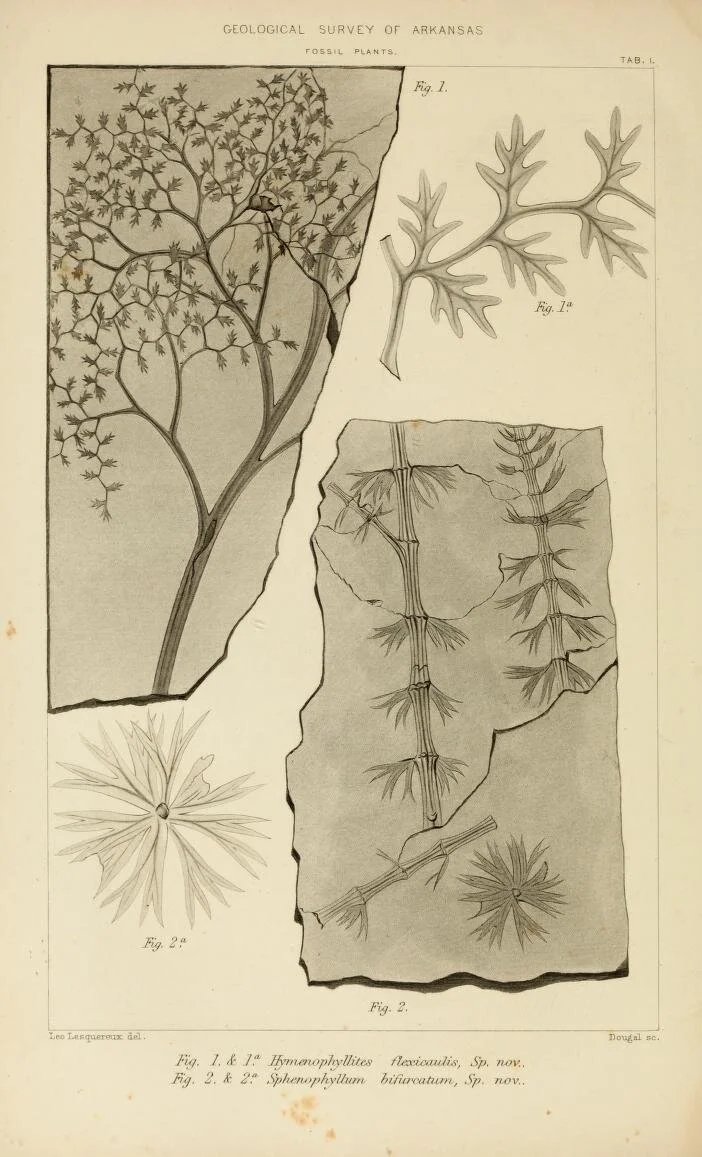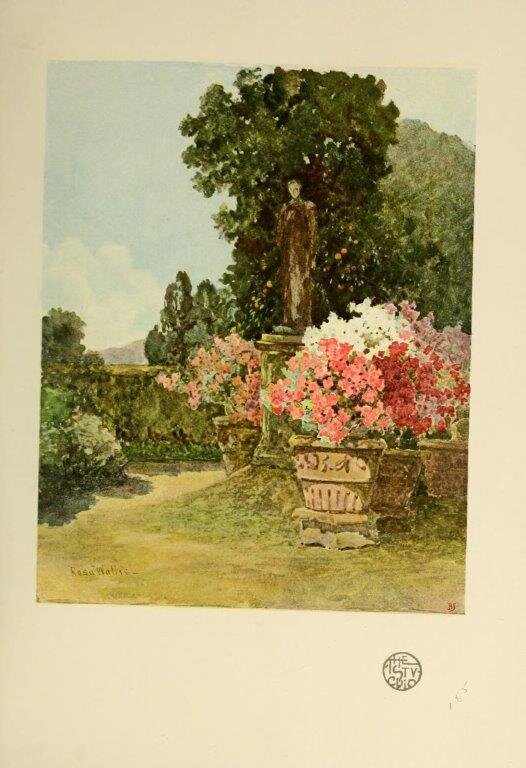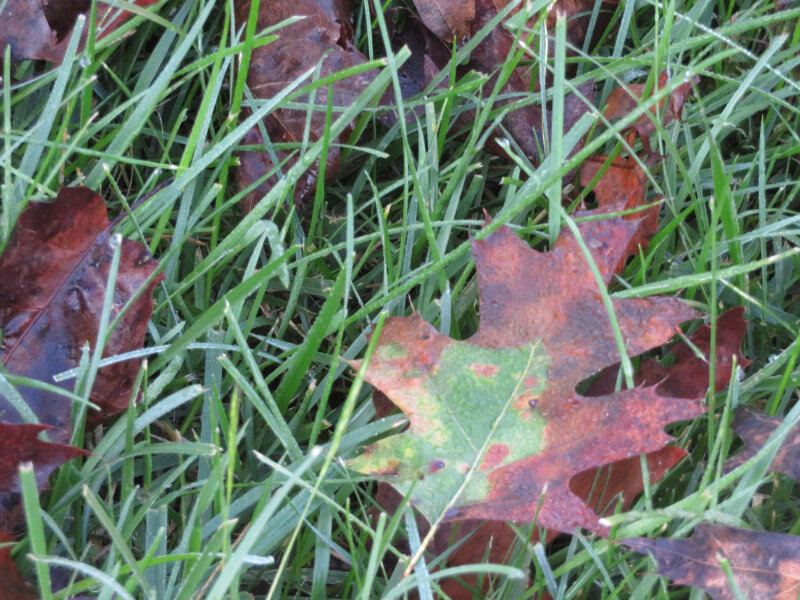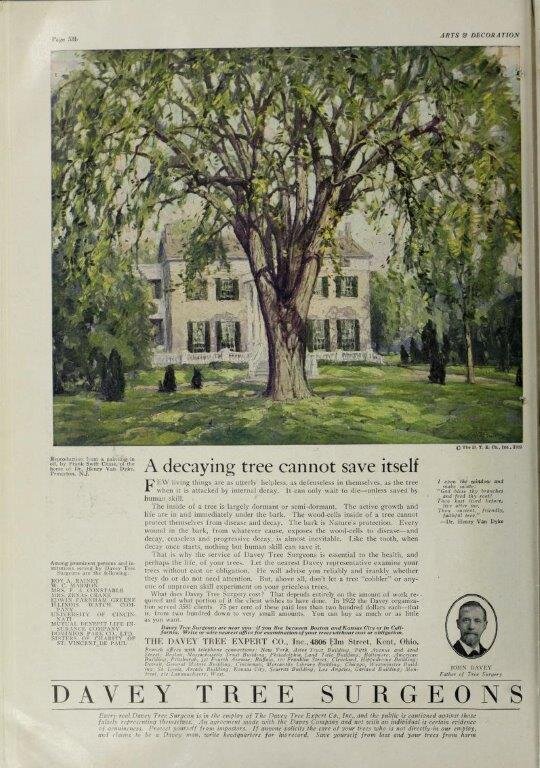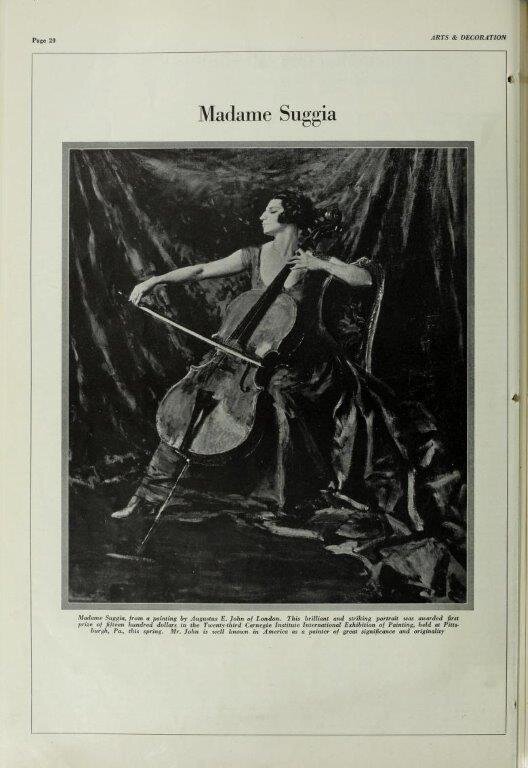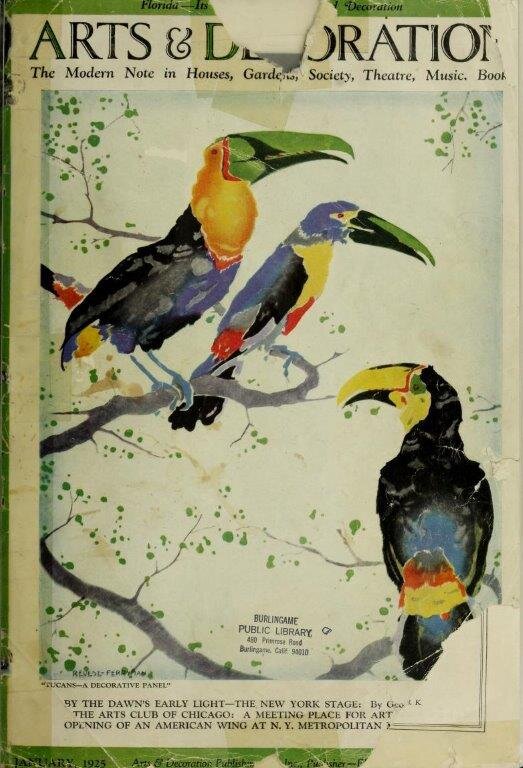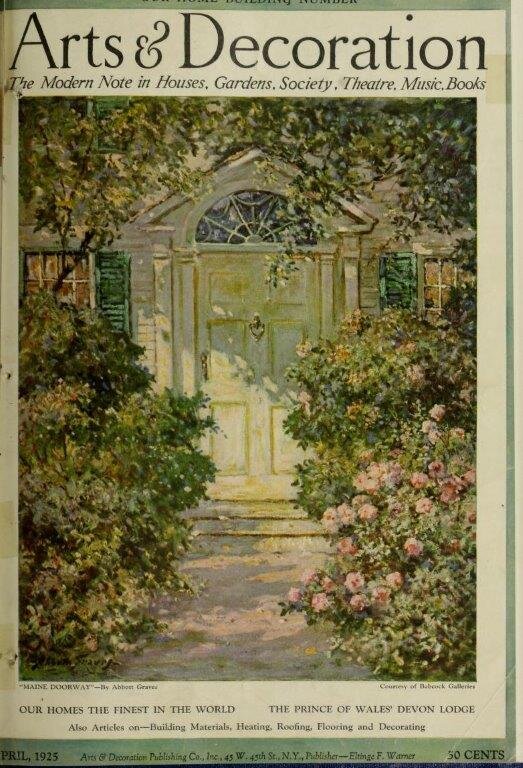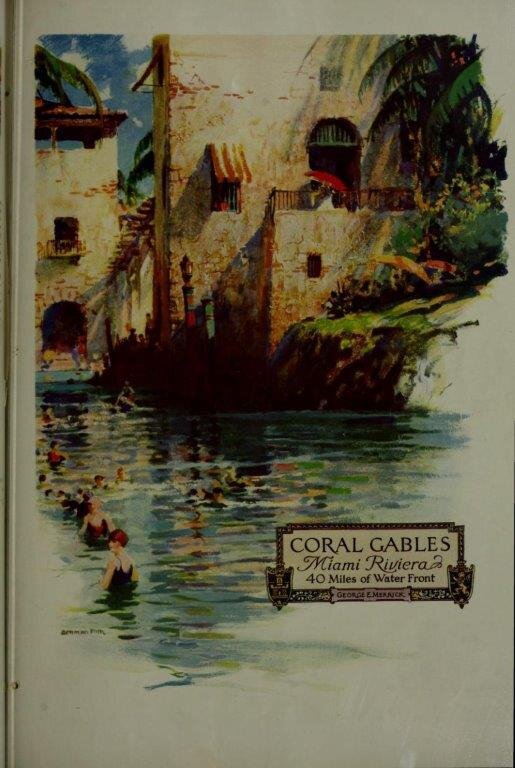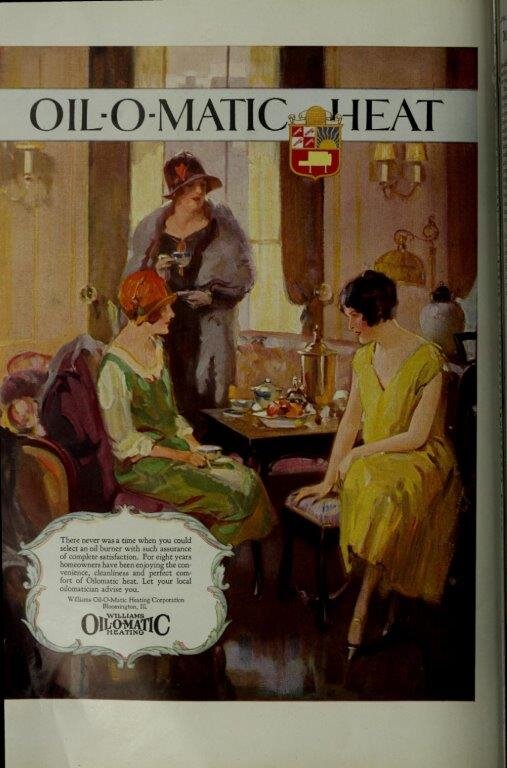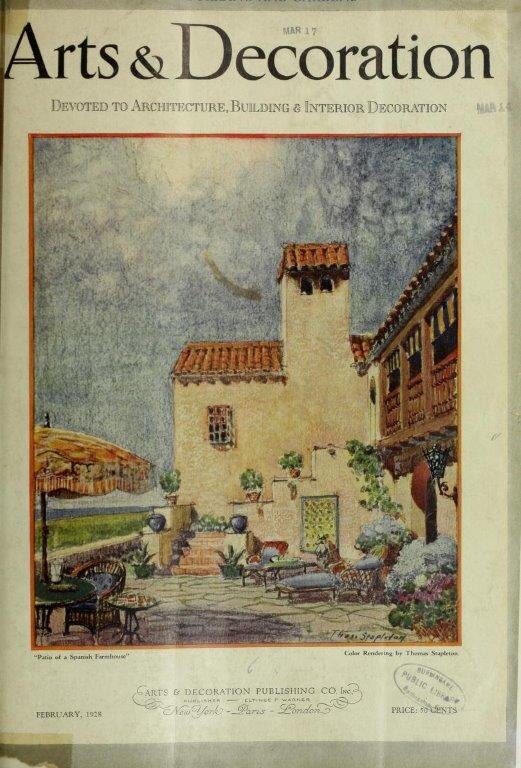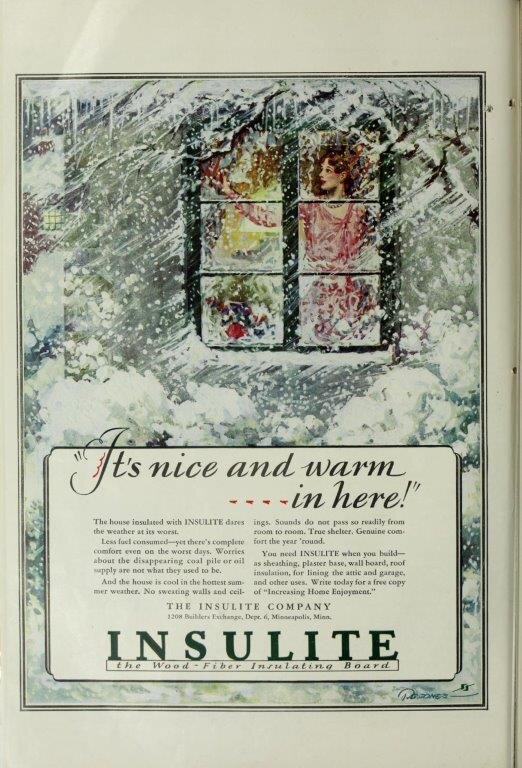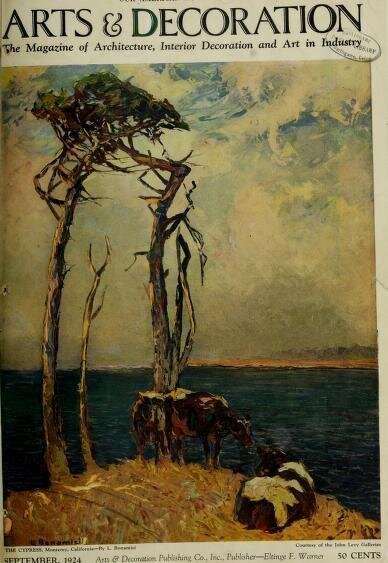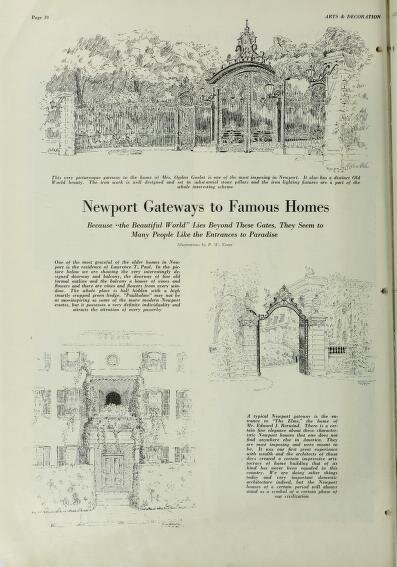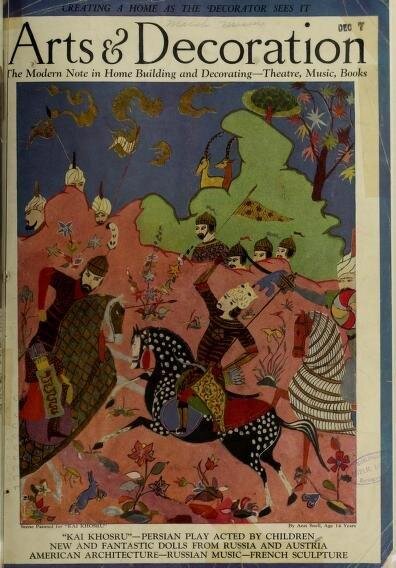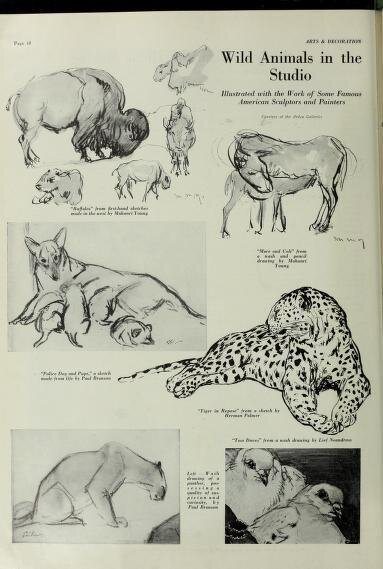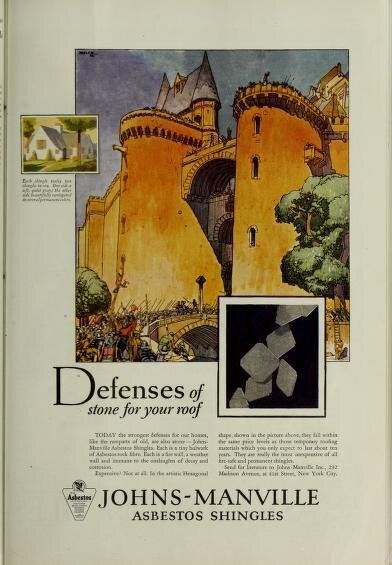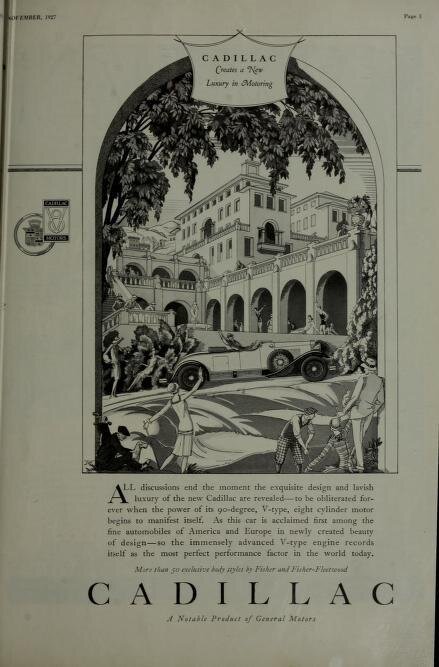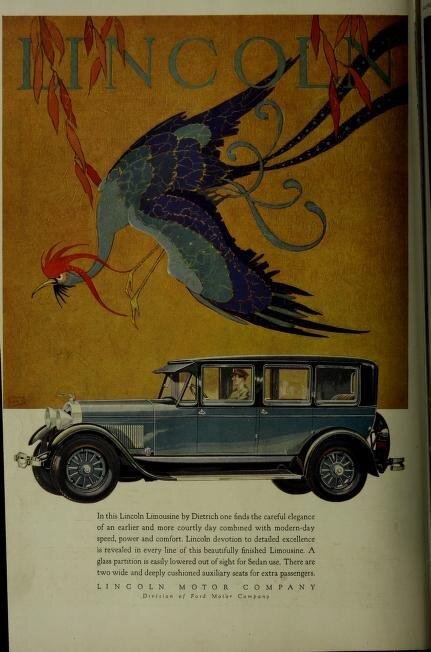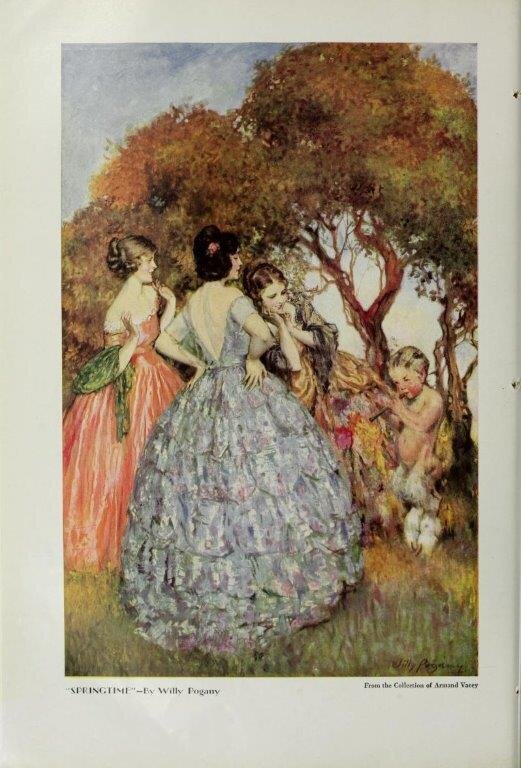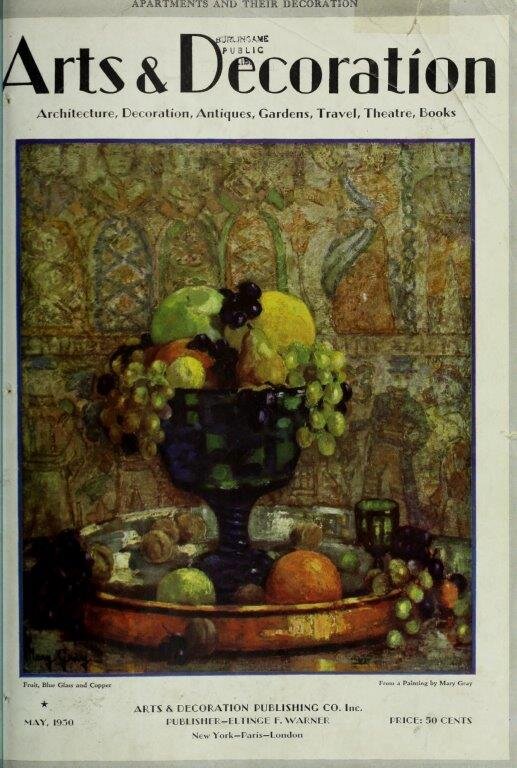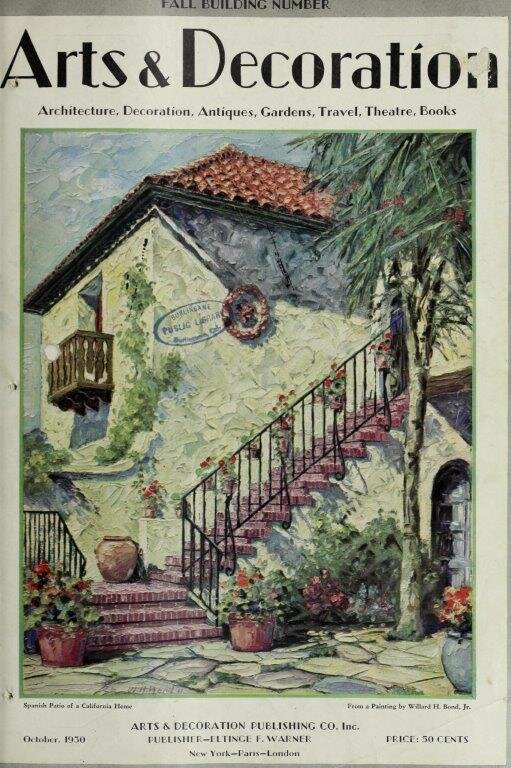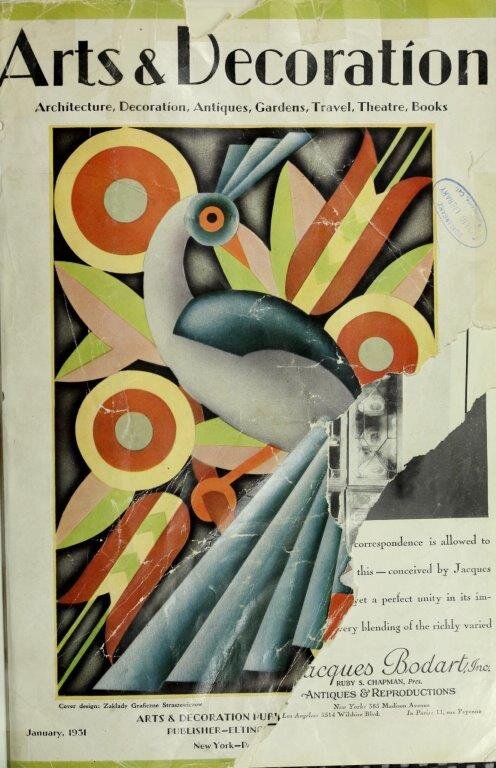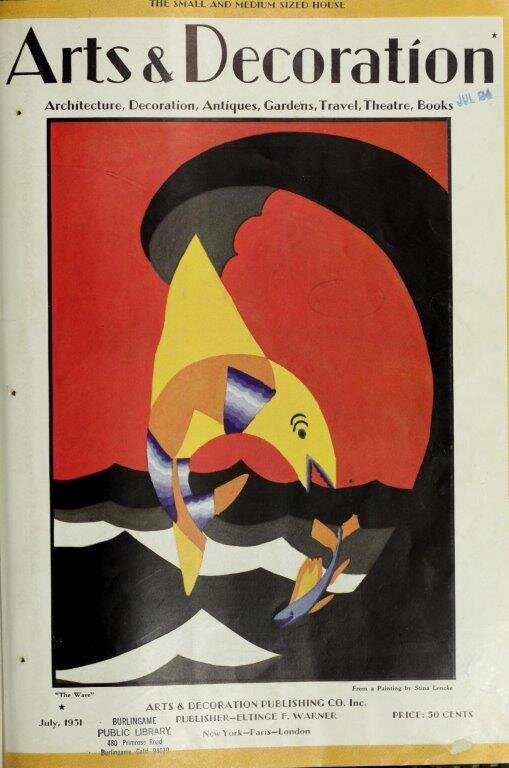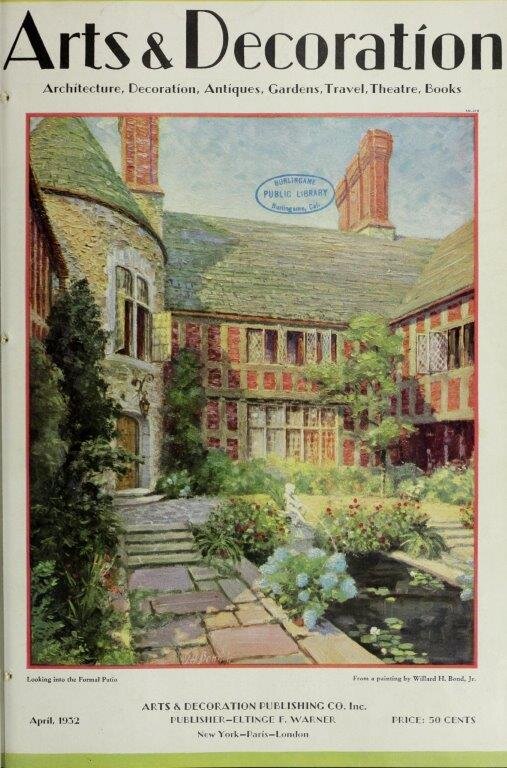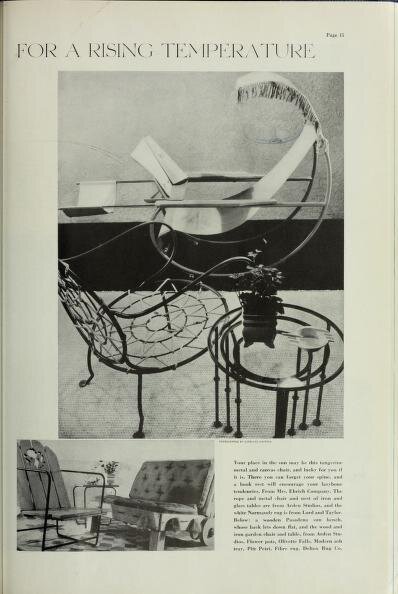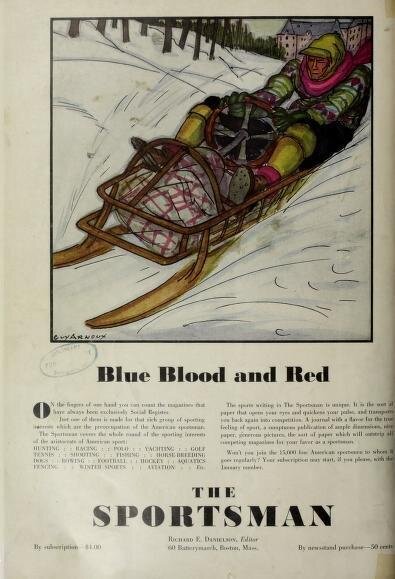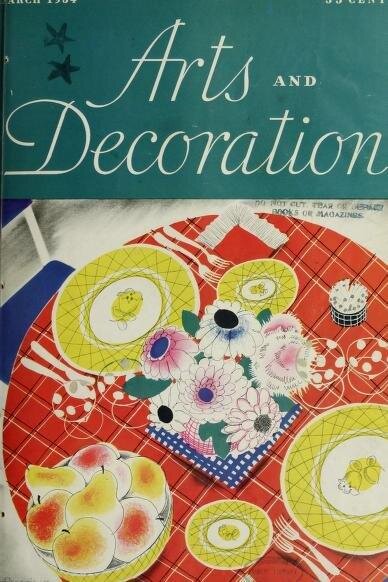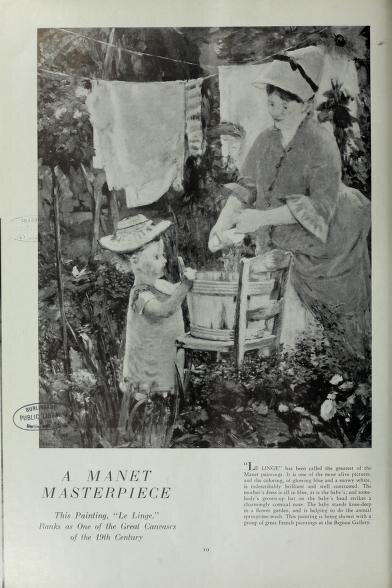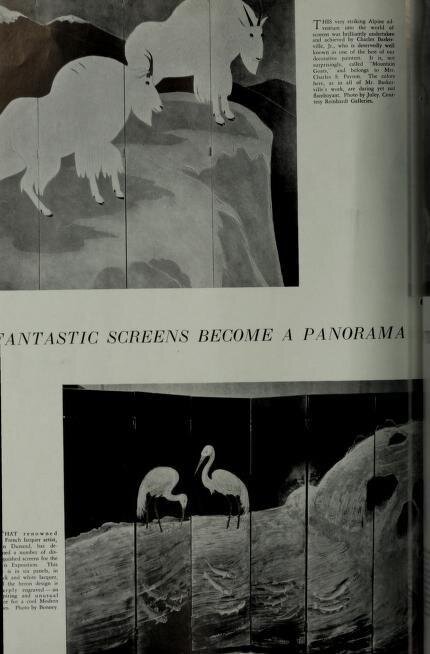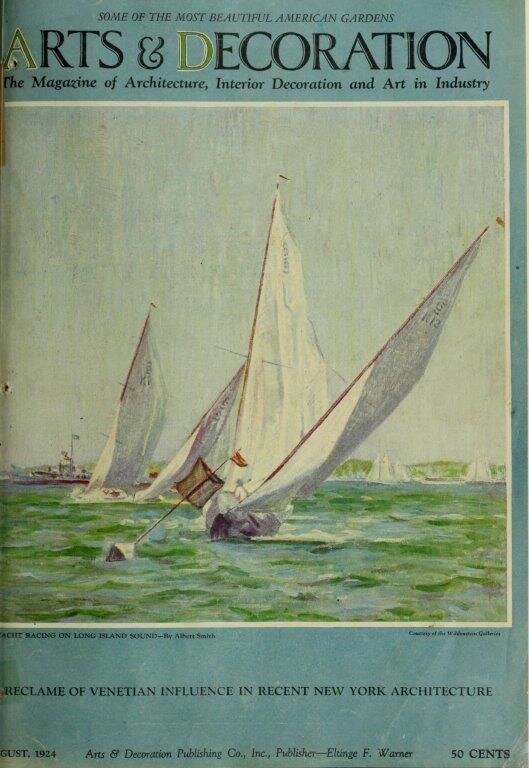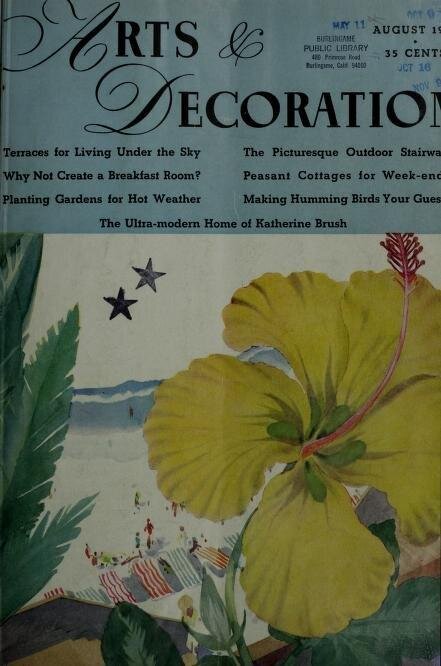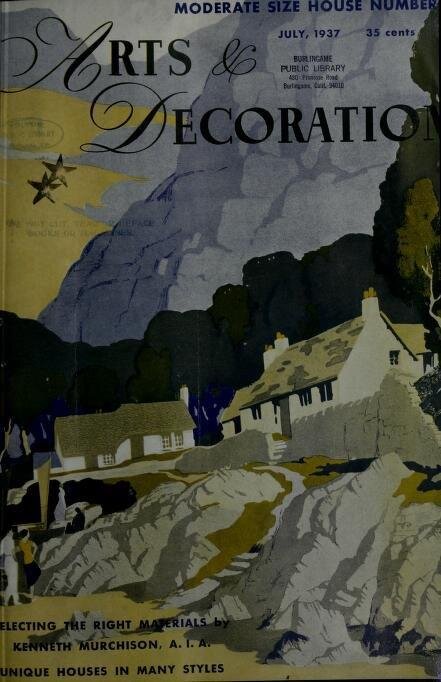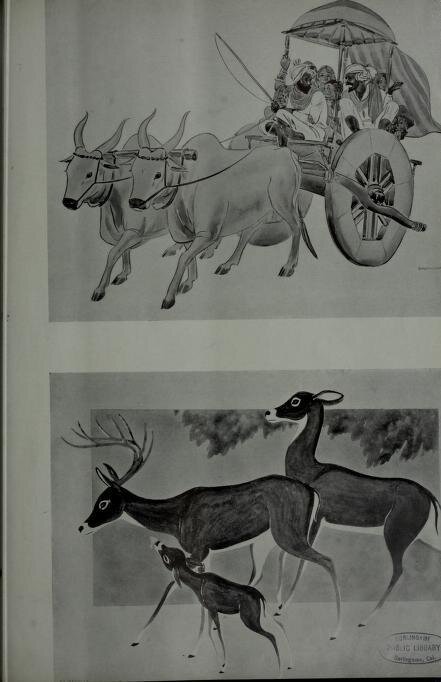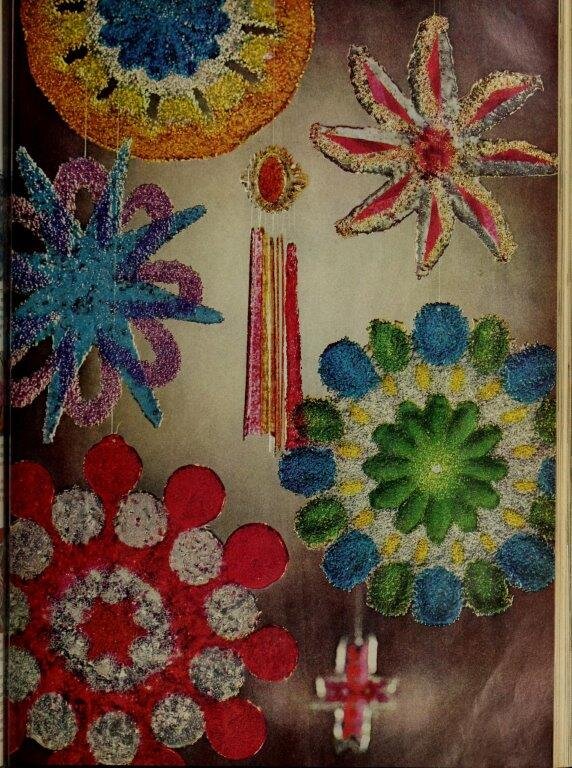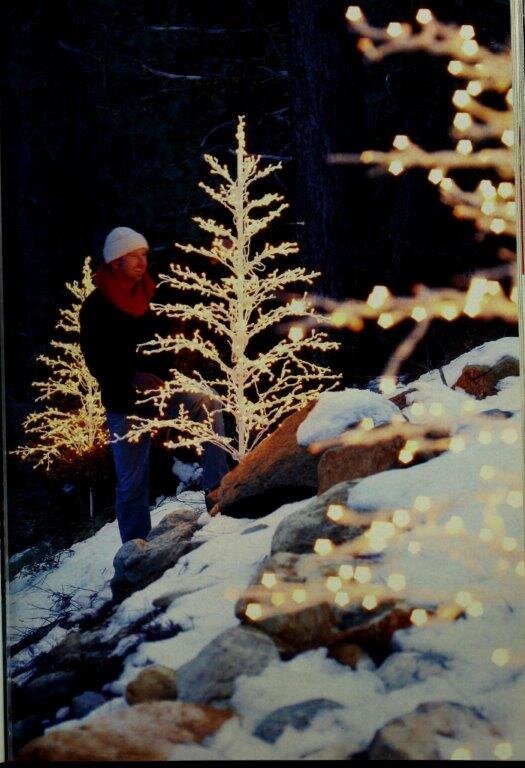The items below were ‘the cream’ of the articles and websites I found this past week. Click on the light green text to look at the article.
Wind Energy Accounted for 42% of New US Power in 2020 – And solar was 38% of the new energy. And 8 east coast states have large offshore wind projects in the works in the years ahead. Hurray! It’s a good trend and it looks like the slope of the trend will keep increasing for wind and solar (decrease and go to 0 for new natural gas).
How people respond to wildfire smoke - Another reason to slip on a mask.
Devastating Rain in Tennessee – A map of the change in soil moisture between August 20 and August 21. The floods on August 21 in Tennessee (area circled on the map) killed at least 22 people. I was surprised that there was an area of Illinois (to the north and a little west of the flash flood circle) where the soil moisture increased even more; perhaps that area floods frequently and the area is managed with flooding in mind.
New analysis reveals Vesuvius Victims’ diverse diets – From analysis of Herculaneum skeletons. Men got more of their protein from seafood. Women ate more meat grown on land, eggs and dairy products.
Eye provide peek at Alzheimer’s disease risk – Amyloid plaques can form in retinas of the eye. Does their presence there provide a visible biomarker for detecting Alzheimer’s risk?
Top 25 birds of the week: Wild Birds! – Bird photography…..challenging and beautiful subjects for our cameras.
Have you seen a weasel lately? – There is a suspicion that weasels are in the decline…but the data is circumstantial. These are not predators that have been widely studied. The post points to a role for citizen scientists!
Dispatches from a world aflame – Reviews of two books about the recent fires…and the relation to climate change.
Preemption of Green Cities in Red States – At a time when we need to get serious about addressing climate change – a drive by some states to keep local governments from taking any action. There is a cognitive dissonance between historically arguing for local control then usurping that control when the state government does not agree with it. I like local control but acknowledge that higher up the governance hierarchy could make sweeping changes easier. Perhaps some of these state governments will redeem themselves by quickly taking strong action toward climate change reduction and mitigation – soon. The top issue for me when I vote these days has become climate change!
Climate Change Is The Greatest Threat To Public Health, Top Medical Journals Warn – Another reason that actions to address climate change must be at the forefront of our thinking about the future. Medicine cannot make up for the injury we are making to ourselves and every living thing on the planet.

































